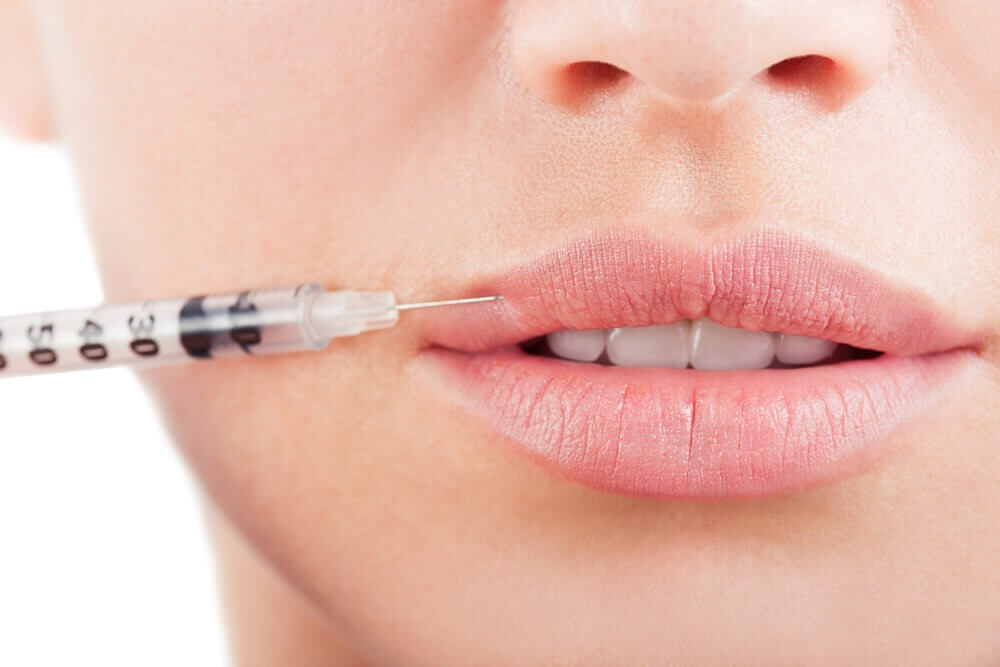Lip fillers: Learn everything you need to know about this popular cosmetic treatment, from ensuring practitioner qualifications to understanding safety, results, and aftercare. Empower yourself with essential insights for informed decisions on enhancing your appearance.
Choosing a Medically Qualified Practitioner
Ensure your lip filler practitioner holds medical qualifications. Opt for practitioners with experience, positive reviews, and a proven track record. Avoid unregulated individuals offering low-cost services to minimise the risk of complications.
Safety of Lip Fillers
Hyaluronic acid fillers, FDA-approved and administered by skilled practitioners, are generally safe. Practitioners with medical backgrounds possess superior knowledge of facial anatomy, reducing the likelihood of complications such as infections or vascular occlusions. Despite lack of regulation in the UK, reputable practitioners use safe filler brands.
Immediate and Long-Term Results
Expect initial puffiness in the first 24 hours post-treatment, gradually subsiding as swelling diminishes. Adhering to aftercare instructions is crucial. Consult your practitioner for any concerns regarding the results or any adverse reactions.
Types of Lip Fillers
Unlike permanent options like collagen, modern lip fillers primarily use hyaluronic acid (HA). HA offers temporary plumping effects and can be dissolved if necessary, providing flexibility and safety.
Discomfort During Treatment
While discomfort levels vary, most individuals find lip filler injections more uncomfortable than painful. Numbing options like prescription-grade creams or dental blocks can enhance comfort during the procedure.
Appropriate Filler Volume
The amount of filler required depends on desired results and practitioner recommendations. Initially, 0.5ml to 1ml of filler typically achieves a natural look. Overfilling should be avoided, aiming for subtle enhancement rather than exaggerated volume.
Duration of Lip Fillers
Typically lasting between 6 and 10 months, the longevity of lip fillers varies among individuals based on their body’s metabolism of HA.
Cost Considerations
Lip filler costs range from £200 to £500, influenced by filler type and practitioner expertise. Beware of excessively low-cost options, as they may involve substandard products or practitioners.
Common Side Effects
Expect temporary swelling, discomfort, bruising, and redness immediately following the procedure. Adherence to aftercare instructions minimises risks and promotes quick recovery.
Post-Treatment Care
Avoid strenuous activities and alcohol consumption for the first 24 hours. Manage swelling with ice packs and consider pain relief medication if necessary. Contact your practitioner for prolonged or severe reactions, ensuring prompt assessment and advice.
In conclusion, understanding these essential facts about lip fillers empowers individuals to make informed decisions regarding their cosmetic treatments. For more information on our lip filler treatments click here or click here to book your treatment today!

